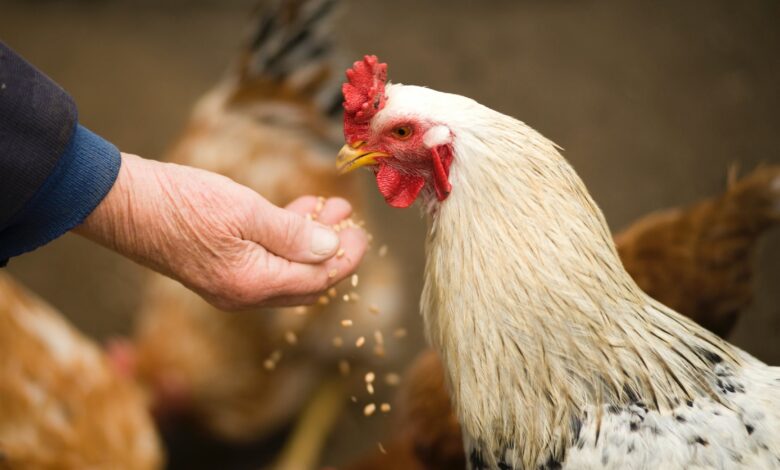

As a backyard chicken keeper, it is important to be aware of common sick chicken symptoms and sick chicken treatment. Many symptoms of illness in chickens also double as normal occurrences in molting and growing birds. In order to determine if your chickens are showing signs of serious illness or experiencing normal “growing pains”, you should know what a healthy chicken looks like to begin with.
I can remember the first time I brought home a sick chicken. I went to a chicken swap (like a sale) and brought home what I thought was a perfectly normal bird. But by the next morning she was coughing and sneezing all over the place. Some chickens can look perfectly healthy, but actually show the hidden unhealthy symptoms when they come under stress. I didn’t know this as a new chicken keeper, but I definitely know it now!
Let’s go over what a healthy chicken looks like, and what an unhealthy chicken looks like. These common things will help you determine, for the most part, whether your chicken is sick, or just being high maintenance. I’ll also link some other posts about sick chicken treatment options for you!

Most Common Sick Chicken Symptoms
Now that you know what a healthy chicken looks like, you need to know the most common signs of illness to look for in your flock. These symptoms can help you identify whether you are dealing with common issues or a severe illness with your sick chicken.
Discoloration of the Comb
If you notice a bird with a discolored comb, you may have a sick chicken. Discoloration of the comb can be a sign of many different illnesses, but here are some ideas of what you could be dealing with.
- A pale comb could indicate heat exhaustion, infectious coryza, mites, lice, or worms. It’s normally due to lack of blood flow or a low blood count.
- A purple comb could be a sign of a lack of oxygen due to asphyxiation, a stroke, worms, or potentially avian flu. It can also just be an indicator of too much blood flow, like when your rooster is mad.
- A black comb is a possible indicator of fowl pox or frostbite.
Observe other symptoms that are occuring along with the comb discoloration before attempting a diagnosis.
Decreased egg production
Decreased egg production in adult birds could be a sign of illness OR an indication that your bird is molting, getting old, or tapering off for the season.
If you notice that a chicken’s egg production is dropping, start observing the bird for any other symptoms that could give you more clues as to the illness you are dealing with. Often times it is an internal or external parasite issue. Or it could just be that your nesting boxes aren’t kept very clean and they are laying somewhere else.
Sudden Weight Loss & Decreased appetite
If you think that your bird has a decreased appetite, offer it some feed, then check the crop later to see if it is still empty. This will help you determine if it is eating or not.
Weight loss and reduction in appetite can be signs of illness in your flock, but it is almost impossible to determine the illness based on these symptoms alone. These issues can give you a head’s up that something is wrong, but you will need to examine your sick birds for more symptoms before attempting to diagnose them. Lack of appetite is often accompanied by lethargy, or your chicken not actively pecking around like it normally would.
Lethargy
Lethargy is another general sick chicken symptom that can signal many different illnesses. If you notice a lethargic chicken, begin to observe for other possible symptoms. Sometimes lethargy lasts a day and your chicken is back to normal, but other times it’s a sign of a much more serious illness. Sometimes a little honey water or sugar water is a quick sick chicken treatment to perk up a chicken. Sometimes that’s all they need (electrolytes). But normally, it’s a symptom of a deeper issue.
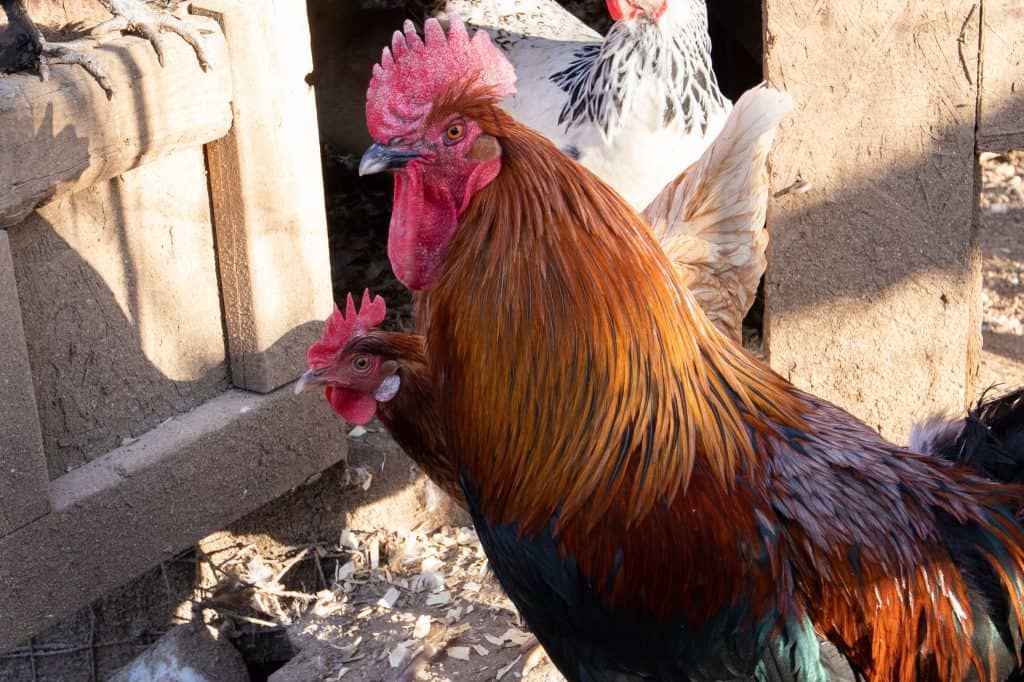
Hard or Mushy Crop
Crop issues always need to be handled quickly because the crop is necessary for a bird’s digestion. If your chicken’s crop is hard or lumpy, it may have an impacted crop.
A mushy crop is a good indicator of sour crop. You can learn more about this sick chicken treatment in the links at the end of this post.
Irregularity in Eyes
A sick chicken’s eyes may be semi-closed, tired looking, bubbly, discolored, or sticky.
- Tired eyes can indicate numerous illnesses as mentioned above.
- Bubbles in the eyes are a sign of infectious bronchitis or Mycoplasma Gallusepticum (MG)/Mycoplasma Synoviae Infection (MS).
- A grey iris is a common symptom of Mareks’ disease in chickens.
Scratching
If you see your chickens scratching themselves, you are probably dealing with a case of lice or mites. This isn’t just the common cleaning scratch. With external parasites, they will often scratch and shake their head more frequently.
Lameness or Waddling
A sick chicken that is dealing with bumblefoot, Marek’s, Newcastle Disease, or being egg bound may experience lameness or waddling. It’s most commonly bumble foot or being egg bound.
Scales on legs
This one is almost too obvious. When a chicken has raised and inflamed scales on its legs, it most likely has scaly leg mites. You would do the same sick chicken treatment for this as you would other external mite issues.
Inconsistent Feces
Keep an eye on your flock’s feces. If there are any inconsistencies, take notice. You may be dealing with a range of illnesses from coccidiosis (diarrhea) or pullorum (white fecal matter), all the way to Newcastle Disease (diarrhea).
Clogged Vent
If you notice young chicks that have clogged vents, then you are most likely dealing with Pasty Butt. When you see this happening in adult birds, it is called Vent Gleet, aka cloacitis.
Deformed eggs
Deformed eggs happen every now and then with no cause for concern. However, if you see irregularly shaped eggs often, then it can be a sign of a sick chicken.
Irregularly shaped and shell-less eggs can be a sign of the following chicken health issues:
- infectious bronchitis
- Egg drop syndrome
- Avian Influenza
- lack of calcium and other nutrients
- avian cancer
FAQ’s
Why is my chicken not eating or drinking?
Loss of appetite can signal many issues, from stress and parasites to infections or organ failure. Monitor other symptoms and isolate the bird to observe behavior.
What do abnormal chicken droppings look like?
- Green/yellow/foamy droppings (digestive issue or infection)
- Bloody droppings (possible coccidiosis)
- White, pasty droppings (kidney or digestive problems)
My chicken is sneezing and gasping — what should I do?
This could be a respiratory infection. Isolate the bird, ensure clean air circulation, and consider treatment with antibiotics (like Tylosin or Oxytetracycline) after veterinary consultation.
Need Veterinary Help?
If you have questions about animal health, care, diseases, or treatments — we’re here to help! Our professional veterinary team is ready to assist you.
📞 Consult Online: Contact Us
📧 Email: professionaldvm129@gmail.com
🌐 Website: www.veterinaryhub.info

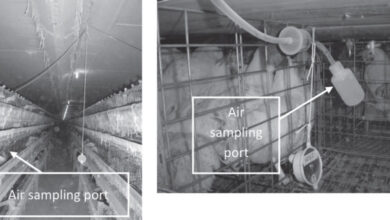

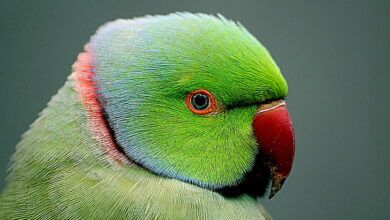
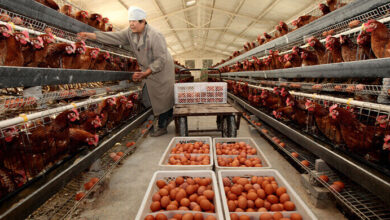



a1v0b6
6t39ss